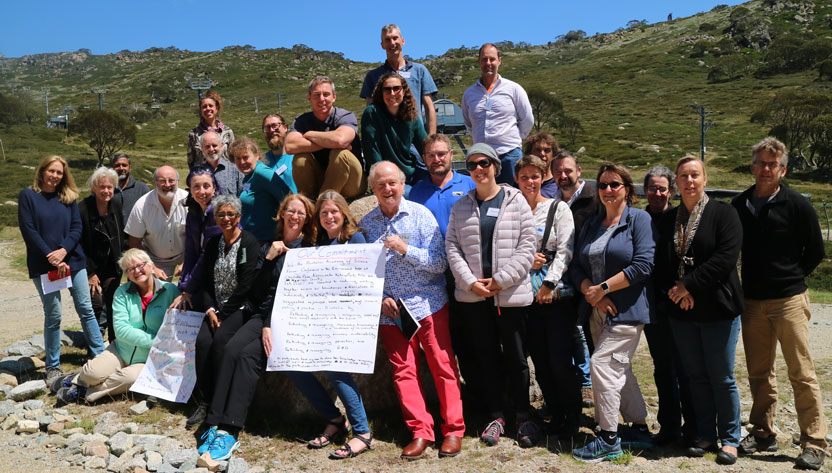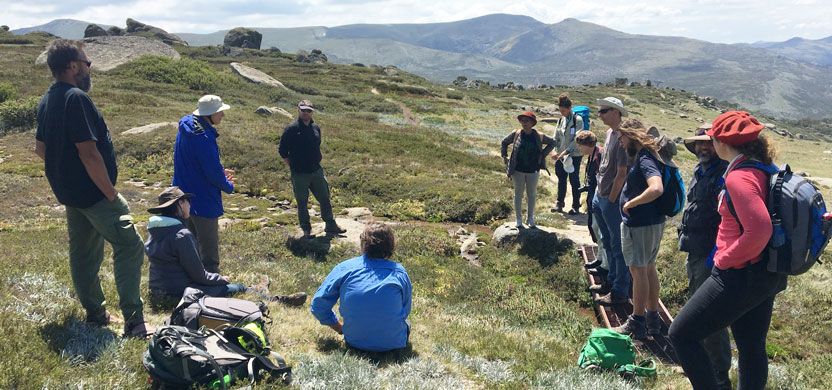
In February, 28 expert practitioners, policymakers and multi-disciplinary academics met in Kosciuszko National Park at an Academy-supported Fenner Conference on the Environment. Managing wild and weedy Australia across boundaries and disciplines aimed to evaluate whether Australia's weed management is based on the best available scientific, local and Indigenous knowledge; and formulate actions for the future.
The conference participants developed six actions that, if implemented, will radically improve weed management research, policy and practice in Australia.
A transformative research and policy agenda is needed that recognises the role of humans in the landscape, and creates a culture of stewardship and shared responsibility.
A Land Stewardship Knowledge Sharing Hub enables innovative and dynamic knowledge sharing about weed management successes and failures.
A network of coordinators embedded in diverse organisations is crucial to facilitate linkages and knowledge sharing between the on-ground weed management community and the agencies and groups who have resources and knowledge to support them.
Weed prevention in Australia needs to be modernised through three critical control points:
A circular weed management economy can be developed to regenerate, restore and rebuild the relationship between agroecological, social and economic systems.
Transdisciplinary weed research, development and extension that is co-designed with agricultural and conservation stakeholders holds much potential for more effective management of challenging weed problems.
The six actions above can ensure strategic, cost-effective weed management during the bushfire response. Coordination across all fire-affected regions would promote weed management approaches that put the land first. Coordinators would facilitate links between communities and relevant organisations to prioritise weed management and leverage effort during recovery. They would embed weed prevention and hygiene measures so that recovery activities are not weed pathways, and enable the sharing of weed management stories from past fire-affected communities to more recently affected communities to improve responses.
The conference was held at Charlotte Pass, Kosciuszko National Park, NSW, on Ngarigo Country, from 17 to 21 February 2020. Participants represented 18 organisations including Indigenous and community groups, non-government organisations, industry, government agencies and research institutes.
The conference was sponsored by the Academy through the Fenner Conferences on the Environment; the NSW Office of the Chief Scientist and Engineer; the University of Wollongong Faculty of Social Science; the Australian Centre for Culture, Environment, Society and Space; and the NSW National Parks and Wildlife Service.
Contact the organisers for more information about the conference outcomes.

© 2026 Australian Academy of Science